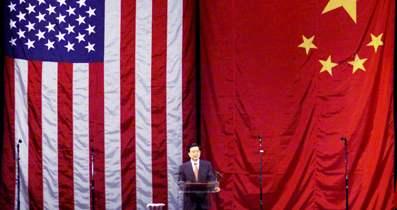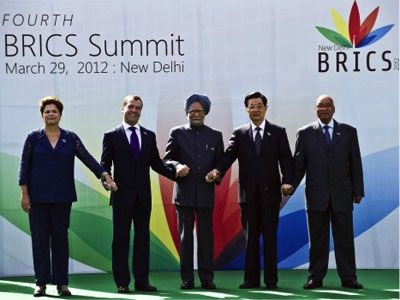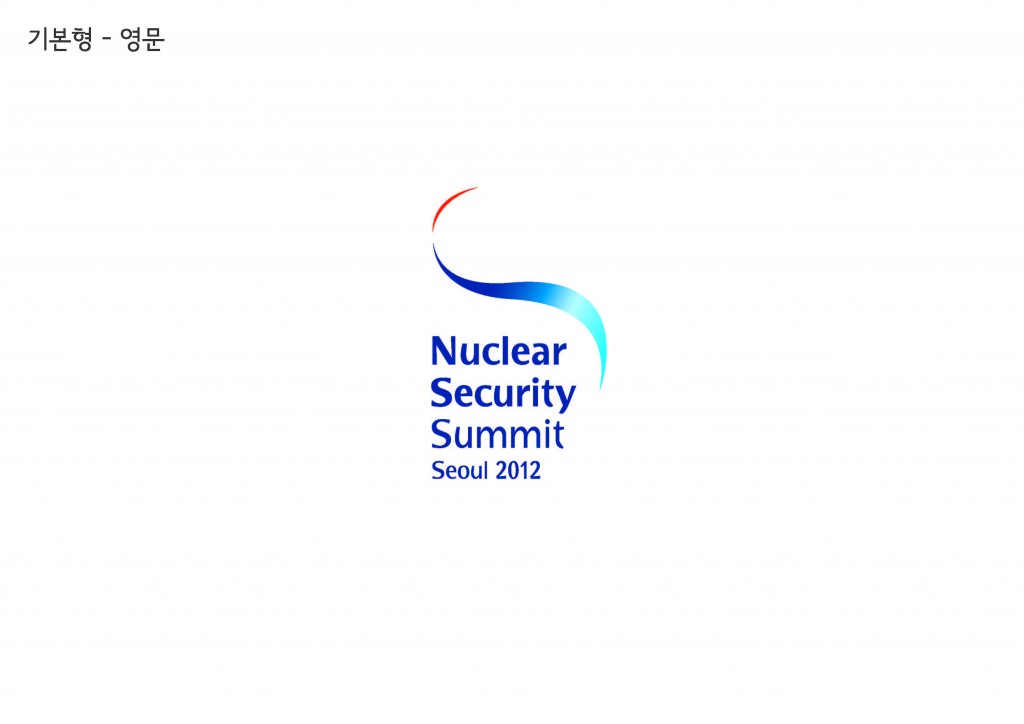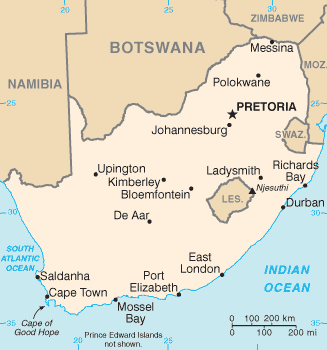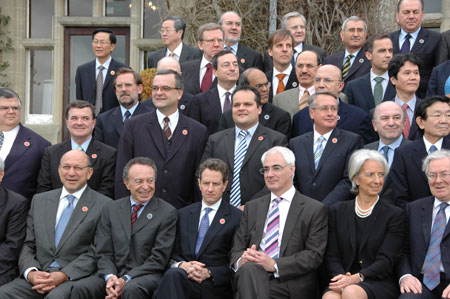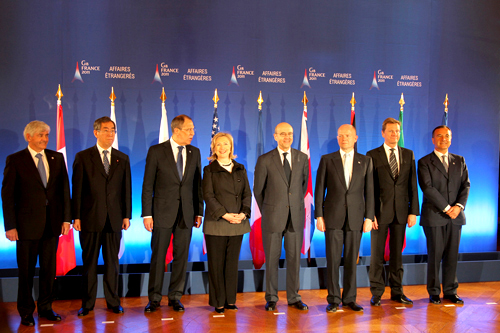A significant document on China-US relations was released by the John L. Thorton China Center at Brookings to coincide with the visit to the United States of China’s likely next leader Xi Jinping last month. The document, “Addressing US-China Strategic Distrust” was authored by two well-known academics – on the US side Kenneth Lieberthal and on the Chinese side Wang Jisi. A key feature of this document was the wise decision to allow each to express the perspective from their respective countries – without any effort to revise or emend the views expressed by the other over the concerns each leadership has. Only after this singular analysis do the two authors join together to write a follow-on analysis with joint recommendations.
Writing the American view, as pointed out above, is Kenneth Lieberthal a well known American China-hand, a former professor at the University of Michgan and a special assistant to the President – Clinton in this case – for National Security Affairs. Today Lieberthal holds the Director’s chair at the John L Thorton China Center at Brookings.
Wang Jisi is a key academic and advisor to the Party in China. These latter appointments are often ignored in the West. He is currently the Dean of the School of International Studies at Peiking University as well as the Director of the Institute of International and Strategic Studies at the Party School of the Central Committee. He was previously the Head of the Institute of American Studies at the Chinese Academy of Social Sciences and a key advisor to the Party. Wang Jisi is central figure in the current US-China dialogue because he is able to cross the academic/party divide and his a voice is heard both in Zhongnanhai and in the West. So he is an important transmitter of thinking to the US and Chinese political communities alike.
Both perspectives are more than interesting. The two experts align on the key perspective – “strategic distrust”. Both authors focus on the issue of mutual distrust of long-term intentions termed in this article as “strategic distrust”— and declare that strategic distrust has become a central concern in US-China relations. As they define it:
“Strategic distrust” therefore means a perception that the other side will seek to achieve its key long term goals at concerted cost to your own side’s core prospects and interests.
And while both agree that they focus here is not on military capabilities and intentions the definition certainly resonates with the idea of the strategic dilemma – that the more secure one country purports to achieve, the more insecure others perceive their position.
Lieberthal’s US analysis is compelling including his opening line that for US leaders:
Strategic distrust of China is not the current dominant view of national decision makers in the U.S. government, who believe it is feasible and desirable to develop a basically constructive long-term relationship with a rising China. But U.S. decision makers also see China’s future as very undetermined …
While this perspective makes sense, this a classic US view that enables more conservative perspectives in Washington circles to urge a “hedging strategy” that encourages US leadership to adopt exactly the view that the hedging strategy is designed to guard against.
But I’ll stop here for the moment and turn to the Chinese leadership perspective as described by Wang Jisi.
One thing is clear in reading his views of the Chinese leadership there is in Wang’s narrative and analysis more than a hint of pessimism. It may well be that this tone reflects an effort by Wang Jisi to fully describe what he believes is the current leadership’s distrust of US policies. My sensitivity to this pessimism is in part a reaction to a relatively recent piece Wang Jisi wrote in Foreign Affairs (April/May 2011) – “China’s Search for a Grand Strategy”. While there is certainly some tough thinking in this piece, the grand strategy is not dramatically aggressive. In particular his effort to conceptualize China’s core interests in non-territorial terms – with the exception of Taiwan – but to see instead China’s core interests as – sovereignty, security and development – lead Wang Jisi to declare:
If an organizing principle must be established to guide China’s grand strategy, it should be an improvement of the Chinese people’s living standards, welfare, and happiness through social justice.
Such a grand strategy, were it to be adopted, would cause China’s leadership to focus heavily on global stability and contributing to a “peaceful international environment”.
This more benign perspective is largely missing in this recent piece. Wang Jisi in fact pulls no punches. As he suggests:
Meanwhile, in Beijing’s view, it is U.S. policies, attitude, and misperceptions that cause the lack of mutual trust between the two countries.
Yet it is also clear that the Chinese leadership has altered its view of global circumstances arising out of the 2008 global financial crisis. This global economic crisis and its aftermath has led China’s leaders to conclude that China has ascend to the status of a “first-class global power,” and that the US is “heading for decline.” Moreover the leadership apparently believes that the BRICS are “increasingly challenging Western dominance” and that China’s “development model” offers an alternative to Western democracy. Finally, and more ominously, Chinese leadership believes that the US will seek to maintain its global hegemony and as a result “America will seek to constrain or upset China’s rise.”
So it would appear that the Chinese leadership has – to some degree – bought the revivified “declinist thesis”. It is hard to grasp fully what the Chinese leadership understand to be a fist-class global power. If they mean in other words – and I doubt it – a superpower in some manner on par with the United States, it makes little sense but then I am at a loss as to the Chinese leadership’s perspective on the architecture of the global powers and what the consequences of that status might be for the US and China. It might of course explain the period of “assertiveness” that appeared in 2010 and centered on Chinese push back in East Asia and the South China Seas. As for the economic place of the US, while the political dysfunction are all too apparent, one would be foolhardy to ignore US economic resilience. But it leaves one rather unsettled. And maybe that’s the point.
As for ameliorative steps the experts call for enhanced dialogue and economic integration. While simply illustrative the experts call for greater Chinese foreign direct investment in the US and the improvement Chinese transparency with respect to political decision-making. The experts call for improved trilateral dialogues where China and the US engage with both Japan and India and work to prepare standards and rules for cyber operations for each government. Finally, and probably most importantly, the experts call for “deep dialogue to discuss” how each should operate in the key Asia-Pacific region. This dialogue of necessity should involve the militaries of both sides. Of course this crucial dialogue has been on the US agenda for some time but it has always been sacrificed to the tactical needs of China to signal its opposition especially to Taiwan and the US continuation of arms provision to the Taiwanese military. Still in the context of enhanced dialogue there can be no greater effort by both sides.
But the two experts also worry “that at a time of far reaching change, each side is increasingly uncertain about the other side’s real perceptions and long-term intentions in this relationship.” It is a troubling narrative to those who look to long term collaboration between the US and China. But it is hard to discount and the two experts have provided a bilateral future that we’d do well to take heed of if only to avoid.
Image Credit: John L. Thorton China Center at Brookings

